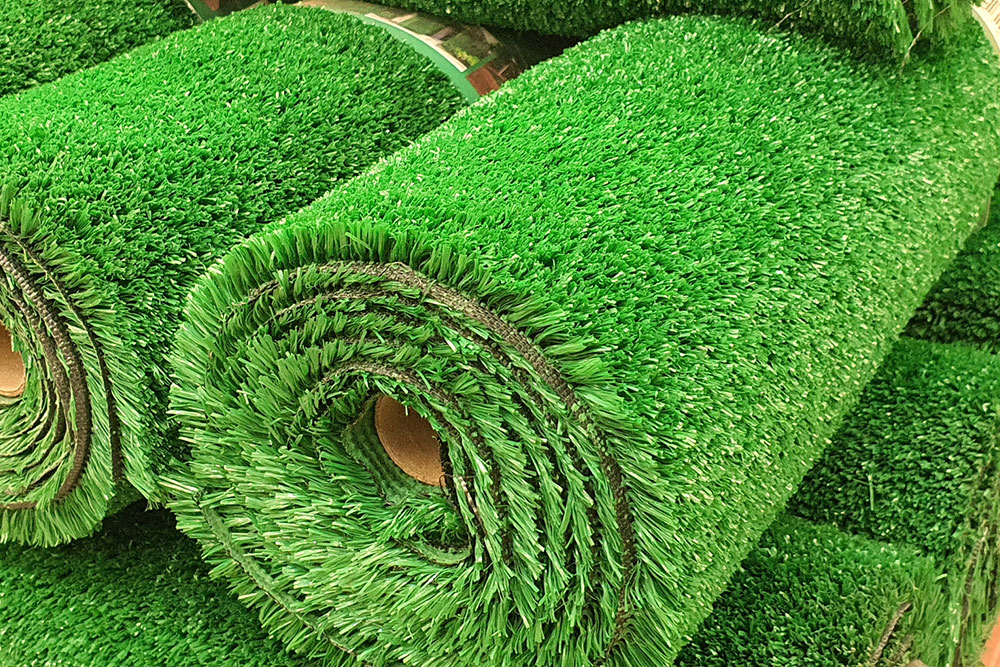7 Tips to Get Rid of Pampas Grass Quickly
Pampas grass is a clumping grass with long feathery seed heads that can be a nuisance in several backyards. It is classified as an invasive plant in some areas by relevant authorities as it can affect native species and deteriorate biodiversity. If it grows in a backyard, one might notice it crowding other plants, blocking the sunlight, and spreading rapidly. Here are seven tips to help one get rid of pampas grass quickly and easily.

Prune pampas grass
Preventing the spread of pampas seeds is the best defense for the long-term elimination of the plant. One could prune the grass by snipping the flower heads before the plant self-sows and the seeds get transported by wildlife or wind. One must shear each flower from the stem directly below it with pruners and dispose of them by double-bagging. Individuals should also protect their hands, arms, and face during the pruning process with thick gloves, long sleeves, pants, and safety eyewear since the blade of the pruning shears might be sharp.
Spray herbicides on pampas grass
One of the fastest ways to get rid of pampas grass is by spraying herbicides on the area. One must first cut down larger bunches of the infestation and carefully treat the rest of the region with post-emergent herbicides, such as glyphosate. Cutting the grass compels the roots to absorb nutrients from the soil. So, when one sprays herbicide into the soil, the roots absorb the properties and gradually wither. One must take precautions not to contaminate any native or desired plants. Covering them with a tarp board or cardboard and refraining from applying the chemicals on windy days could help safeguard these plants. Additionally, one must always read the herbicide label instructions before spraying it.
Follow the sheet mulching technique
In this method, cardboard is laid over the affected region and topped with mulch. The process helps trap moisture and smothers weeds underneath. The environment-friendly method eventually breaks down the weeds and the cardboard into the soil. Experts recommend using large sheets, if available, and those that are free of tape or color. Before laying down the sheets and layering them with mulch, one must trim all plants to near ground level and wet the soil generously. One should also allow the sheet mulch to remain in place while it decomposes, at least for a year. The soil should eventually be free from pampas grass, loosened for fresh plantations, and be rich in nutrients.
Remove clumps manually
Young plants, and others three feet in length or shorter, can typically be pulled manually from the ground. Small patches that grow outside the concentrated pampas plant region can be removed similarly. One should wait until after a rain shower so that the soil is softened, making removing clumps of pampas grass easier. One must tug a group of stalks from the ground by gripping it at the base and in a quick and sharp motion. It is crucial to try to keep the whole root neck intact, or else roots left behind may sprout or germinate, forming a new plant.
Try soil solarization
Individuals could cover the pampas grass with an impenetrable material to eliminate the growth. Known as soil solarization, the environmentally-conscious practice uses solar energy to control weeds. In summer, when temperatures are at their peak, a clear plastic tarp should be laid over the grass, anchored in place, and left for up to three months. The process helps heat the soil underneath, which eliminates unwanted growth. One should remember to remove the pampas grass near the roots so the tarp can be placed evenly. Additionally, one should place weights on the plastic to protect it from wind and animals.
Dig it out
Digging up pampas grass is one of the most practiced methods to deal with invasive species. One should start by cutting large bundles of the stalks close to the ground. After this, the individual should wait for the rain to soften the ground. Some tools like a pickaxe, pruning shears, and a pointed spade will help displace the soil, remove it, and extract the plant’s roots. Moreover, a shovel will also help reach for deeper roots in the ground. The successful elimination of pampas grass depends on the amount of root system removed, making it important to be precise throughout the process. Filling the resulting holes with new plants may help discourage the regrowth of pampas grass.
Hire a professional
While some infestations are easy to remove via DIY methods, others might be tedious for a homeowner to handle. The growth could spread aggressively and quickly, with deep root systems spanning 20 feet laterally. In such situations, one of the best remedies to get rid of pampas grass infestations is hiring a professional. A lawn care expert will have the manpower, expertise, and access to commercial-grade products and follow strict protocols when applying chemicals to the soil. To find the right professional for the job, one could check with garden centers, neighborhood groups, friends, and family for referrals. A professional will typically undertake a detailed assessment of the yard and create a plan specific to the situation and requirements. Additionally, a lawn care company may also offer satisfaction guarantees.




